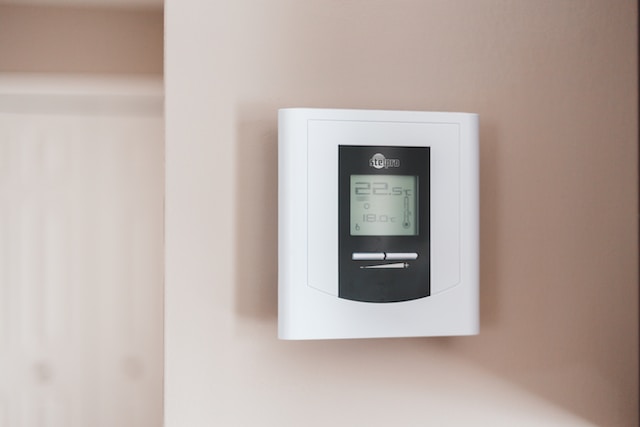Choosing the right size HVAC system is vital for keeping your home comfortable. An undersized system also doesn’t heat or cool, whereas an oversized unit wastes energy with excessively long heating and cooling cycles.
Square Footage
When determining what size of heating and air conditioning Nottingham, MD, system you need, the first thing you need to know is your building’s square footage. The number may be written on blueprints or located in your closing documents. Next, determine the base BTU requirement for your space. It takes roughly 25 BTUs to cool a square foot of space, so multiply the building’s square footage by that amount to determine how many total BTUs you require for cooling. If you have high ceilings, account for them as well. This method of sizing is not foolproof, but it is the best way to accurately measure your home’s energy needs. Most reputable contractors will offer this service and perform a Manual J calculation, a detailed measurement considering multiple aspects of your space. This is the most precise method, resulting in an appropriately sized system providing optimal performance and extended equipment life.
BTUs
The capacity required to cool a room is determined by its square footage. To find this out, measure the length and width of the room using a tape measure and multiply the two dimensions. After getting the square footage, refer to a BTU chart to determine the appropriate cooling power needed. While BTU ratings can be helpful, it’s important to remember that your home has unique qualities that an online chart can’t consider. An experienced HVAC professional can perform a Manual J calculation that considers square footage, ceiling height, window type and location, insulation levels, and more to ensure your new system fits your home correctly. For example, a room with large windows will need more BTUs than a similar room without because the windows don’t provide the same insulating power as walls. Also, a room located on the second floor of a house will require more BTUs than a room on the first floor.
Insulation
When choosing a cooling system for your home, it’s essential to consider insulation. Insulation is crucial in keeping a steady indoor temperature, lowering the energy required to make your living space comfortable. This leads to savings on energy costs and positive environmental effects. Choosing the right type of insulation for your home is crucial to achieve optimal performance. Insulation can prevent heat loss during winter and overheating in summer. Several insulation options are available, including fiberglass batts, cellulose, polyester, and polystyrene cladding, all of which offer excellent insulation properties. Insulation should be installed at the proper depth and thickness to ensure maximum effectiveness. It’s also crucial to seal gaps around ducts and pipes tightly and to tape all join well, as any gap will reduce the insulating effect.
Energy Efficiency
The right size heating and cooling system will make your home more comfortable while keeping your energy costs down. However, you’ll also want to consider the type of heating and cooling system you choose — central heating (either ducted or in-slab), air-conditioning, or gas or electric space heaters; and the level of insulation in your home as these factors will influence your energy use as well. Using a too-tiny unit forces the appliance to work harder to heat or cool the space and uses more energy than necessary. Conversely, an oversized system wastes energy by cooling the space quickly and then shutting off, resulting in uneven cycles, temperatures, and higher power bills.



